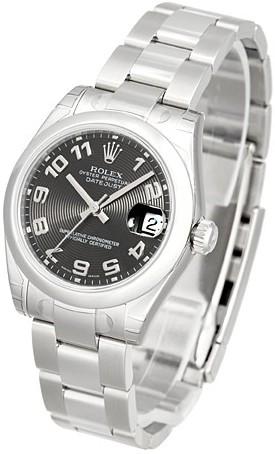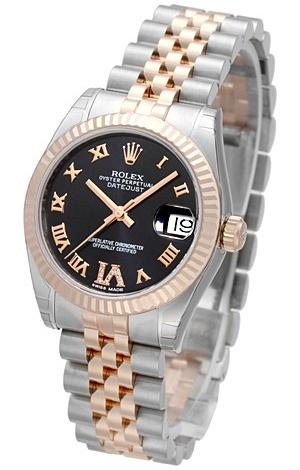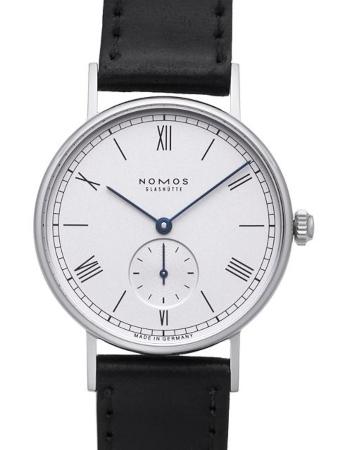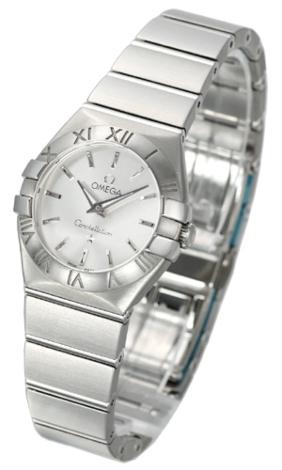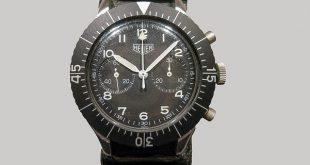«A short watch history»
Roman numerals to mark the hour indices are very popular, especially on classic watch models. However, the Roman 4 on watches often causes irritation when only 4 dashes appear instead of the IV. We have looked into the matter and have investigated an interesting piece of watch history for our readers.
Roman numerals stand for tradition and classic elegance
For the design of the indices on the dial of a watch, in the course of watch history, various options have become established, each of which has a different visual effect. The simplest variant are simple line or dot indices without further lettering. They are mainly found on watches with a decidedly simple and businesslike design and make the dial look particularly calm and uncluttered.
If the indices are labeled with Arabic numerals, this can appear modern, but also playful or nostalgic, depending on the font design used. In many cases, however, Arabic numerals are perceived as easy and clear to read because they are also used in everyday life and thus suit our visual habits. Roman numerals are more difficult for many people to read because they hardly play a role in everyday life today and are mainly found in historical documents, on inscriptions on monuments and buildings, or even on clock faces. The latter is mainly due to the fact that Roman numerals go particularly well with a classic, elegant design, such as is very popular for dress watches.
“IV” or 4 dashes: the Roman 4 on watches
If you take a closer look at a watch with Roman numerals, you might be surprised to see that the number 4 is not represented as IV, as you would expect, but by 4 dashes: IIII. Although there are also clocks with a “real” Roman four, but in about 90 percent of all cases, the 4 dashes can be seen in its place. It is a fact that this way of representation has grown historically and is not an invention of the present. It can be found not only on wristwatches, pocket watches or wall clocks, but also on tower clocks that are already several centuries old. A widespread explanation for this is that in Roman antiquity the letter I also had the function of today’s letter J and the V also served as a U at the same time.
In Latin inscriptions on older buildings or on grave monuments, there is still countless evidence of this today. The “real” Roman four could therefore also have been read as “JU”. This would have been an abbreviation for the name of the Roman god Jupiter, who in Roman mythology played a similar role as supreme god as the “father of the gods” Zeus in Greek mythology. To simply place his name abbreviation JU between the other, “ordinary” numbers on a dial would have been blasphemy and was therefore virtually forbidden by itself, according to the explanation often heard.
Alternatives to the Jupiter Thesis
As plausible as the reasoning may sound, there are some reasons to doubt the Jupiter thesis. One of the most important counter-arguments is that the worship of Jupiter hardly played a role after the decline of the Roman Empire. In addition, the subtraction notation, in which smaller digits written to the left of a larger digit are to be subtracted from the latter, only became established during the Middle Ages and is, moreover, hardly common in inscriptions.
Partly it is also argued that it is a tradition that goes back to early tower clocks. In these, the 4 lines were used, and this representation was later adopted again and again for reasons of tradition. However, counterexamples can also be found among early clocks.
Just a preference of the Sun King or more readable?
Another explanation assumes that Louis XIV of France, who became known as the Sun King, preferred the four-stroke notation and therefore insisted that it be used by watchmakers in his sphere of influence. However, it is equally possible that it was not an individual preference of the French monarch, but quite practical reasons for this solution.
On the one hand, there’s less danger of confusion with the VI, which is relatively close to the four on the dial. Especially on dials where the lower numerals are slanted or upside down, it’s certainly easier to tell the four and six apart at a glance if the Roman 4 on watches is not also composed of an I and a V. In any case, the tradition of the four-dashed Roman four has persisted in well-known watch brands to this day: You can see this on the Rolex Datejust 31 as well as on the Pearlmaster or Chopard’s LUC 1937 Classic.
Frugality or aesthetics: two other possible reasons
Other historians believe that the use of a four consisting of four strokes had mainly economic reasons. This is because in order to cast hour indices for a dial with IIII, the I must be cast twenty times, while four each of V and X are needed. It is therefore sufficient to make a single mold with four I and one each of V and X, and use them four times in succession to produce a complete set of indexes. This would not be possible with three I’s less and one V more, as would be necessary for the “correct” spelling of the four. Furthermore, aesthetic reasons for the IIII are also brought into the field.
Representatives of this thesis point out that a Roman 4 formed from four I’s on watches appears more symmetrical and balanced as a counterpart to the VIII on the left side. Which of the above theses is actually correct will probably never be clarified with one hundred percent certainty. Possibly, in different cases, different reasons were decisive. However, the topic remains a fascinating piece of watch history.
 Uhrinstinkt Magazine
Uhrinstinkt Magazine

